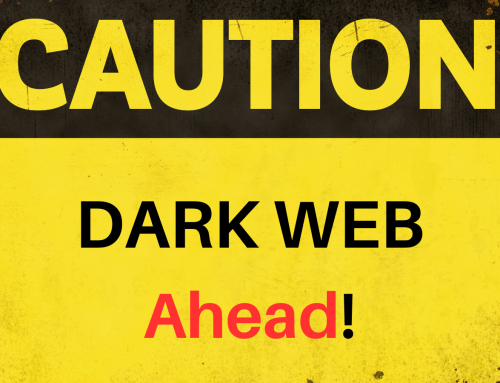Does Every Business Need a Disaster Recovery Plan?
A business IT continuity plan is a crucial part of any comprehensive business continuity plan. It is a documented strategy that outlines how a company will ensure the continuity of its IT operations during and after a disruptive event.
Here is an example of a detailed business IT continuity plan:
- Overview and Scope: The plan should start with an overview of the scope of the plan, which includes the IT systems, applications, and infrastructure that are critical to the organization’s operations. This section should also include a brief summary of the plan’s objectives, such as maintaining data integrity and minimizing downtime.
- Risk Assessment: The plan should include a risk assessment that identifies potential threats and their impact on the IT infrastructure. This assessment should identify the likelihood of risks such as natural disasters, cyber-attacks, hardware failure, software corruption, or human error, and how these risks may affect the organization’s IT infrastructure.
- Roles and Responsibilities: The plan should clearly outline the roles and responsibilities of the IT staff, management, and other stakeholders during a disruptive event. This section should identify key personnel who will be responsible for executing the plan and their respective duties.
- Backup and Recovery Plan: The plan should include a detailed backup and recovery plan that outlines the procedures for backing up critical data and applications, and how they can be recovered in the event of a disaster. This section should include the frequency of backups, the location of backup data, and the methods for restoring data and applications.
- Remote Access and Alternative Sites: The plan should also address remote access and alternative sites for IT operations during and after a disruptive event. This section should describe how employees can access critical data and applications remotely, and the process for transitioning to an alternative site if necessary.
- Testing and Maintenance: The plan should include a testing and maintenance schedule to ensure that it remains up-to-date and effective. This section should outline the frequency of tests, the procedures for testing, and the responsibilities for conducting tests.
- Communication Plan: The plan should also include a communication plan that outlines how the organization will communicate with employees, customers, vendors, and other stakeholders during and after a disruptive event. This section should identify communication channels, the process for updating stakeholders, and the procedures for notifying stakeholders.
A detailed business IT continuity plan is a critical part of any comprehensive business continuity plan.
It outlines the procedures for maintaining IT operations during and after a disruptive event and ensures that the organization can recover quickly from any disruptions. By including a risk assessment, roles and responsibilities, backup and recovery plans, remote access, alternative sites, testing and maintenance, and communication plans, businesses can ensure that their IT operations remain intact and operational during any crisis.






